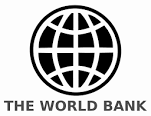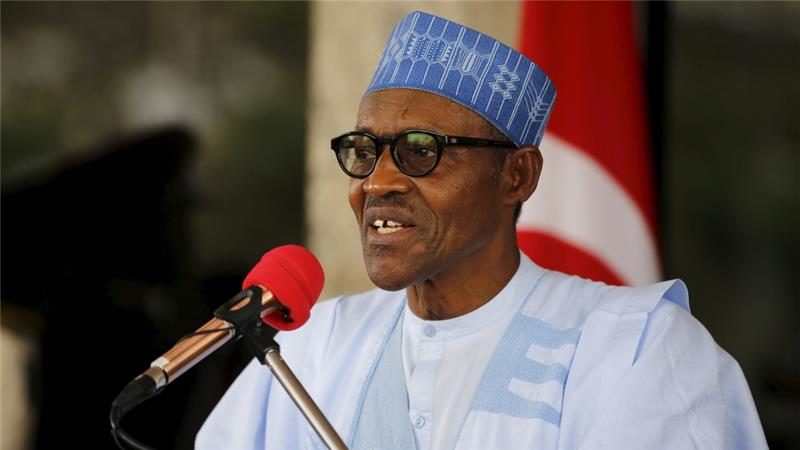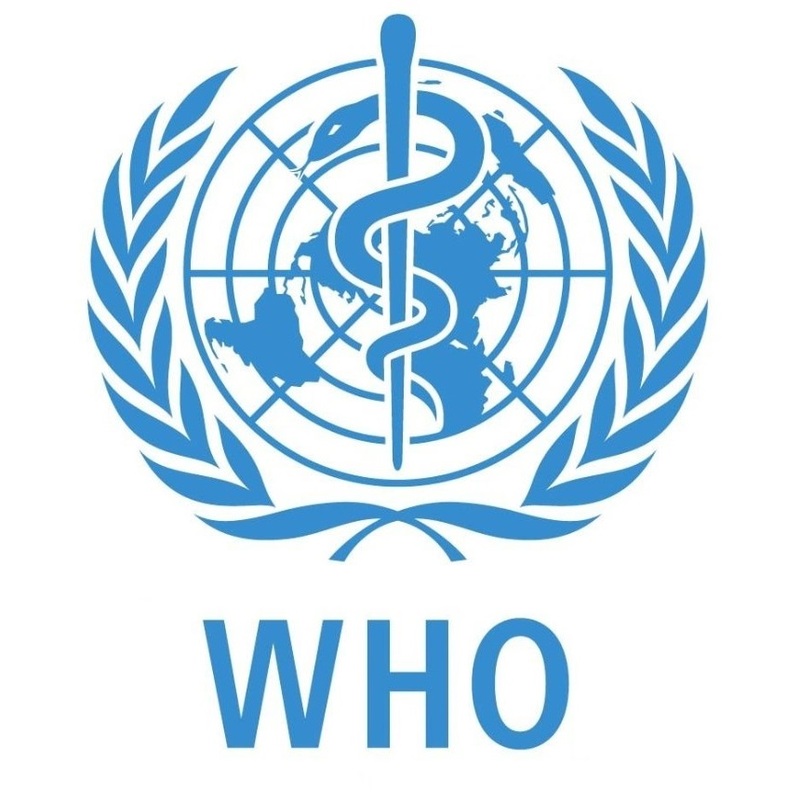THE World Bank has projected that up to $22 billion will flow into Nigeria in 2017 through Diaspora remittances, noting that global remittance flow is set to recover this year after two consecutive years of decline.
This was contained in the latest edition of the World Bank’s Migration and Development Brief, released, yesterday. According to the statement, “Remittances to low- and middle-income countries are on course to recover in 2017 after two consecutive years of decline.”
Diaspora Remittance is money sent by a person in a foreign land to his or her home country. Due to the huge sums involved in recent years such remittances are now being recognised as an important contributor to the home country’s growth and development.
The World Bank report stated: “Buoyed by improved economic activity in high-income OECD countries, remittances to Sub-Saharan Africa are projected to grow by a robust 10 percent to $38 billion this year.
The region’s major remittance receiving countries, Nigeria, Senegal and Ghana, are all set for growth. The region is also host to a number of countries where remittances account for a significant share of GDP, including Liberia (26 percent), Comoros (21 percent), and the Gambia (20 percent).
Remittances will grow by a moderate 3.8 percent to $39 billion in 2018.” The bank estimates that officially recorded remittances to developing countries are expected to grow by 4.8 percent to $450 billion for 2017.
Global remittances, which include flows to high-income countries, are projected to grow by 3.9 percent to $596 billion. The bank also expects modest growth in remittances to low and middle-income countries by 3.5 percent to $466 billion in 2018 and global remittances to grow by 3.4 percent to $616 billion in 2018.
Among major remittance recipients, the bank stated that India retains top spot with remittances expected to total $65 billion this year, followed by China $61 billion, the Philippines $33 billion, Mexico $31 billion, and Nigeria $22 billion.
The World Bank ascribed the recovery in remittance flows to stronger growth recorded in the European Union, Russian Federation, and the United States.
The bank further revealed that the global average cost of sending $200 remained stagnant at 7.2 percent in Q3 of 2017.This was significantly higher than the Sustainable Development Goal (SDG) target of three percent.




